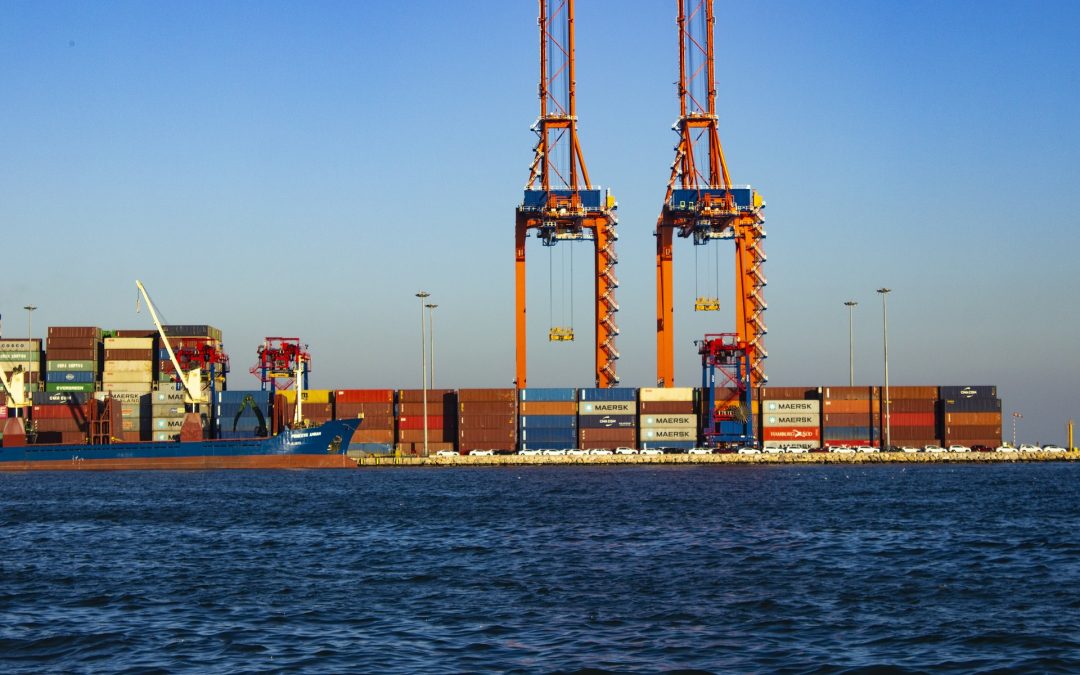COVID-19 Impact: Retailers and non-vessel-operating common carriers (NVOs) are asking their clients and supply chain partners to get ready for a surge in freight by late April as industrial facilities in China keep on inclining up creation following a coronavirus-expanded assembling calm.
Truth be told, if shipments of spring and summer stock that were disturbed by industrial facility terminations in China due to the coronavirus infection 2019 (COVID-19) converge with school year kickoff shipments that typically start to move in late April, freight postpones are exceptionally plausible. In such a situation, shippers would confront tight vessel space, gridlocked terminals, and holder and hardware disengagements when the spike in imports happens.
Pinpointing the planning of the recuperation in the eastward trans-Pacific is as yet tricky. Although numerous plants in China report, they are working at 40 percent or a greater amount of limit as the effect of the coronavirus there winds down, inventory network disturbances in China, and possibly in the United States, could keep on causing interruptions.
Worldwide Port Tracker appraises that containerized imports at US ports in February declined 12.6 percent from that month a year ago. Walk imports are a gauge to decrease 18.3 percent, while imports in April are anticipated to be down 3.5 percent year over year.
Yet, a turnaround is foreseen in May, with Global Port Tracker gauging a 9.3 percent expansion, trailed by an increment of 9.6 percent in June.
Carriers, which had announced a total of 111 canceled sailings to the east and west coasts of North America from early February to early April, appear to have peaked in terms of newly announced blank sailings as they anticipate stronger import volumes at US ports by next month.
Carriers began to cancel regularly scheduled sailings in February, first for the Lunar New Year celebrations in Asia that began on Jan. 25, followed by the extended factory closures due to the spread of the COVID-19. According to Sea-Intelligence Maritime Consulting, blanked sailings to the East Coast peaked during Week 7 ended Feb. 15 and Week 8 ended Feb. 22 for the West Coast.
Truth be told, there still might be some expectation for the start of the bounce back to happen in April. Makers of parts and segments in Asia are beginning to dispatch a portion of these cargoes by progressively costly airfreight as processing plants in China increase creation.
Sea transporters and US terminal administrators should likewise start making arrangements for the surge of imports by abandoning void compartments from the distribution centers, truck yards, and the terminals themselves, said Gene Seroka, official chief of the Port of Los Angeles. Seroka a week ago said that if volumes slope back up in four to about a month and a half as envisioned, the overflow of void compartments must start moving back to Asia soon to let loose space in the Southern California district for the late spring and class kickoff imports.
Also read: Coronavirus fears the US and European production network.

